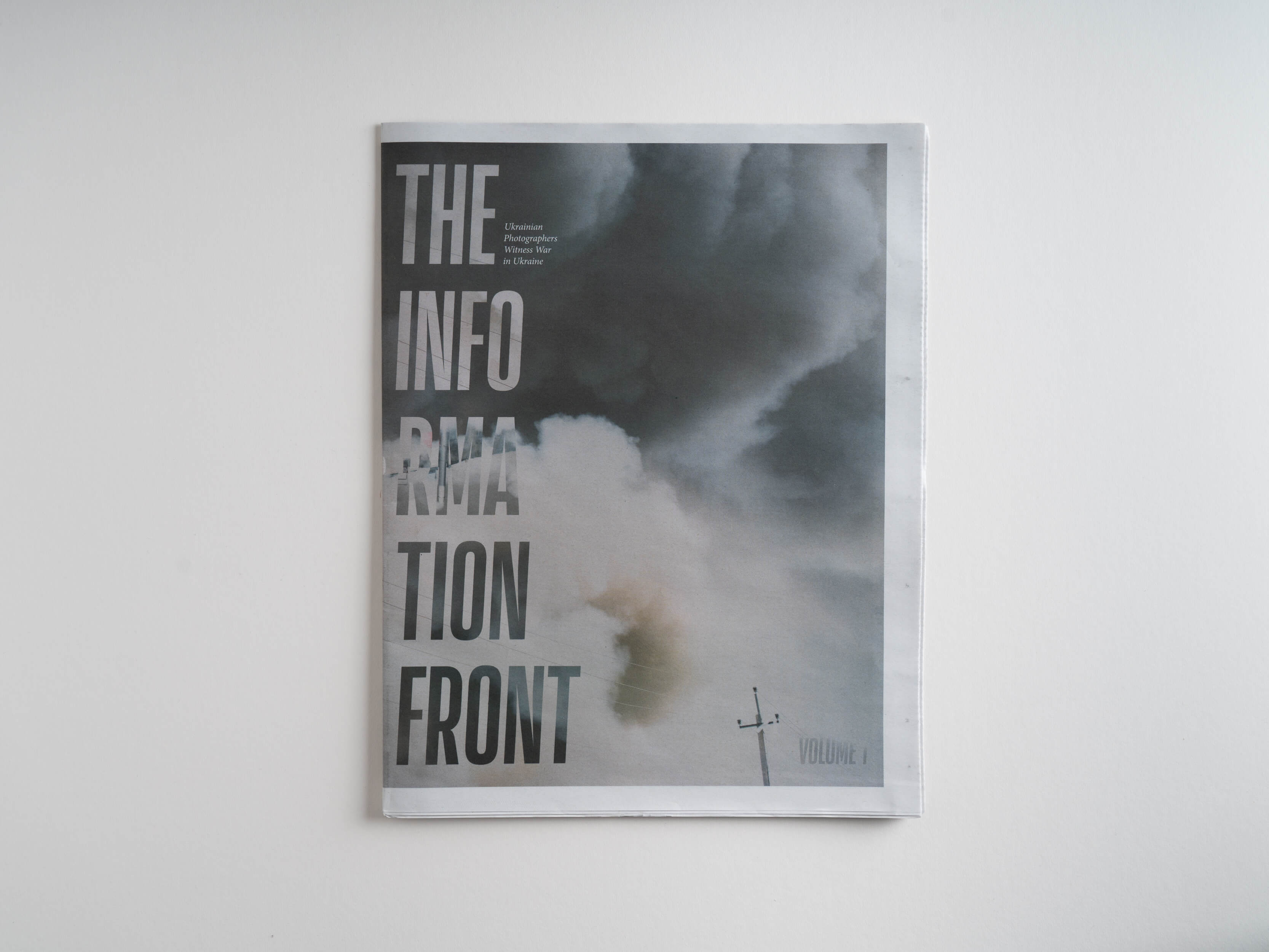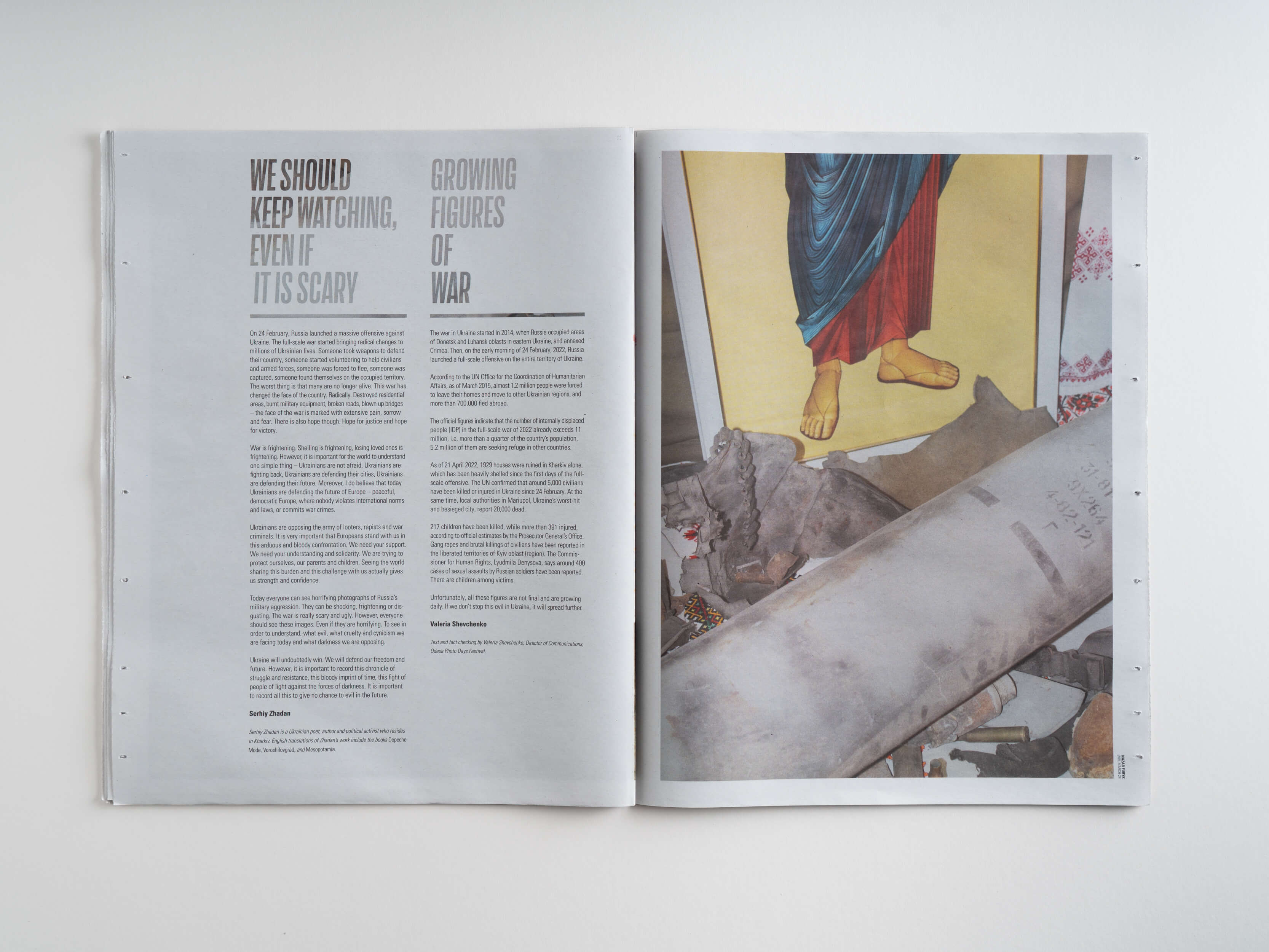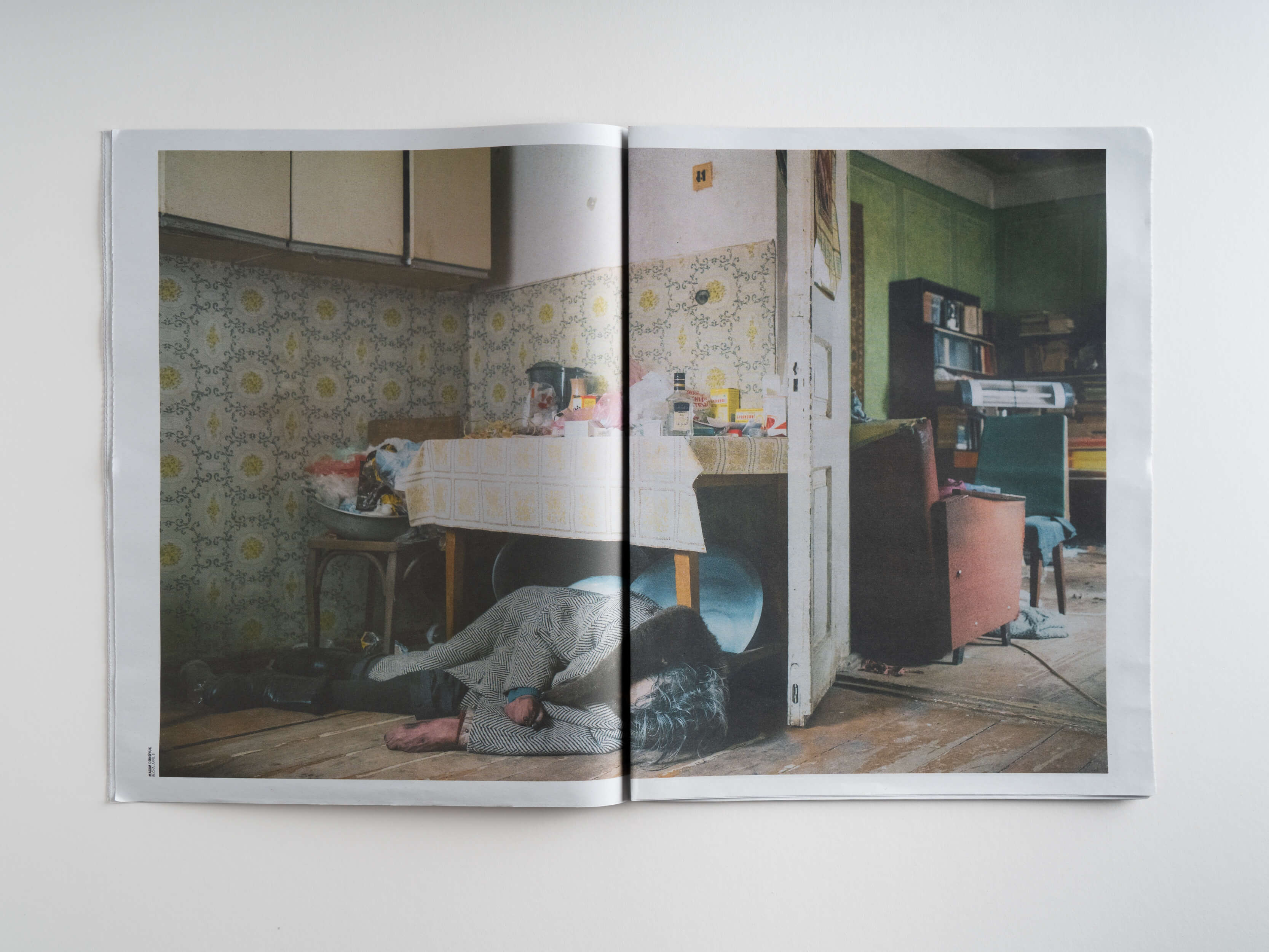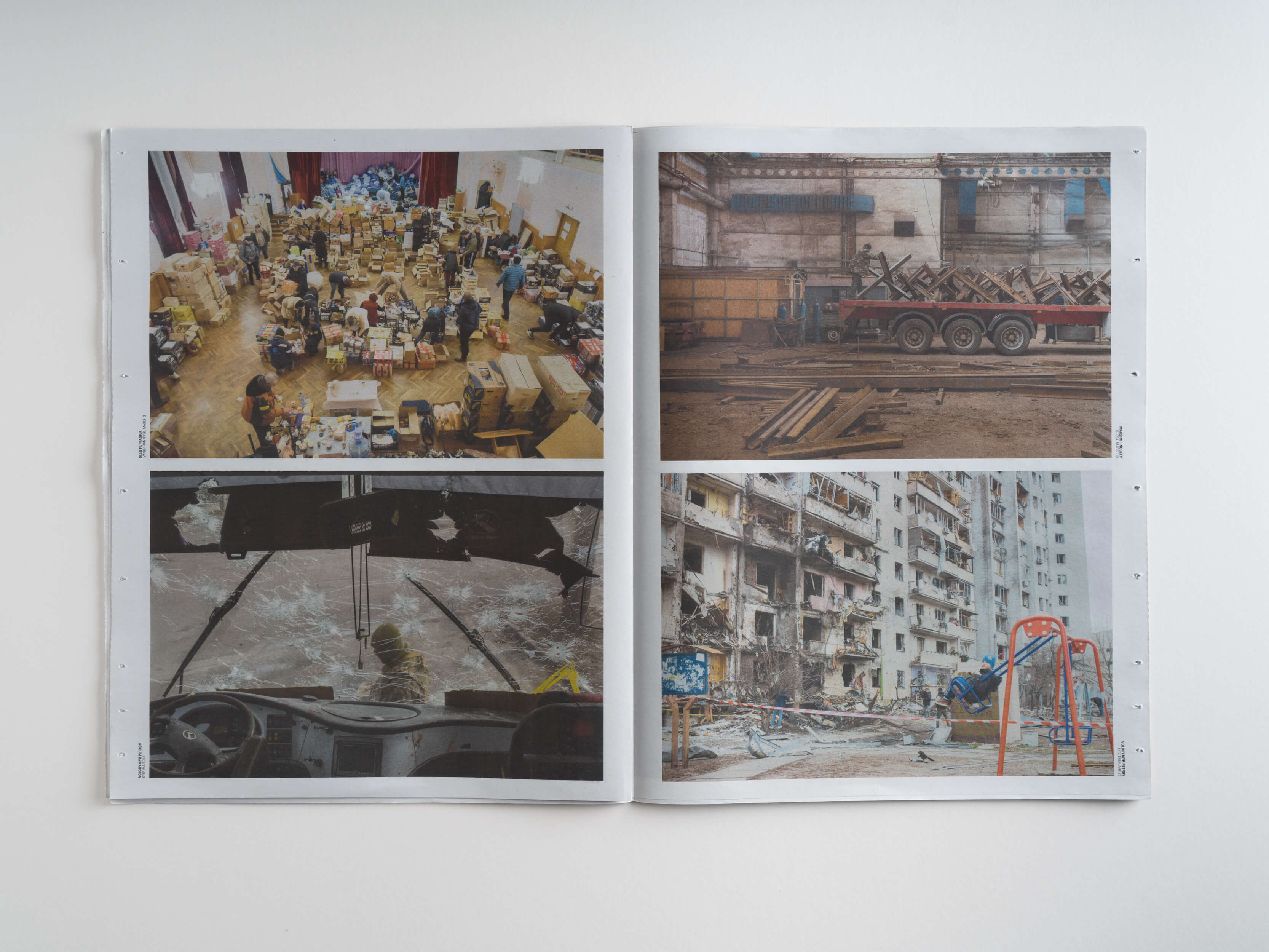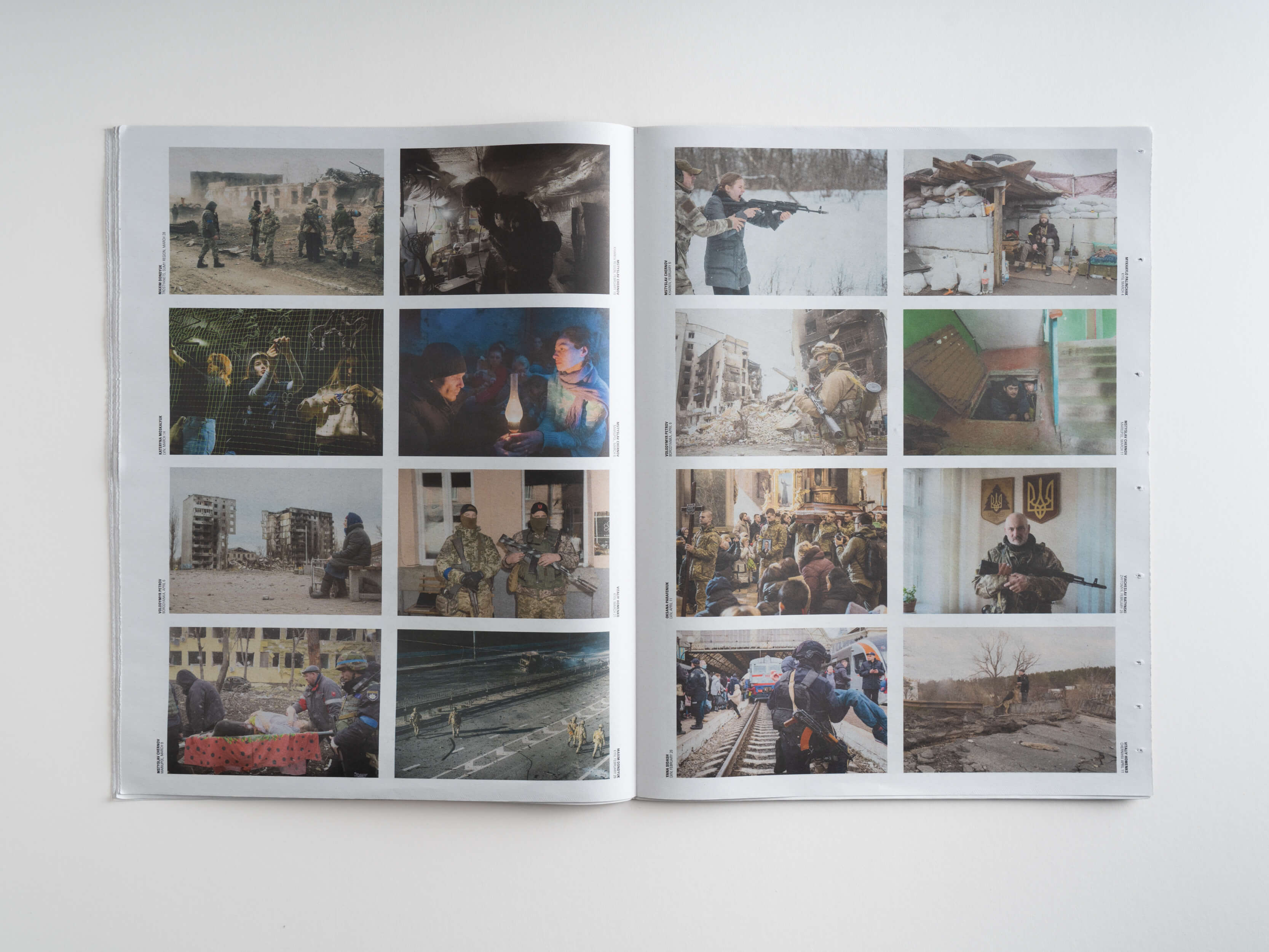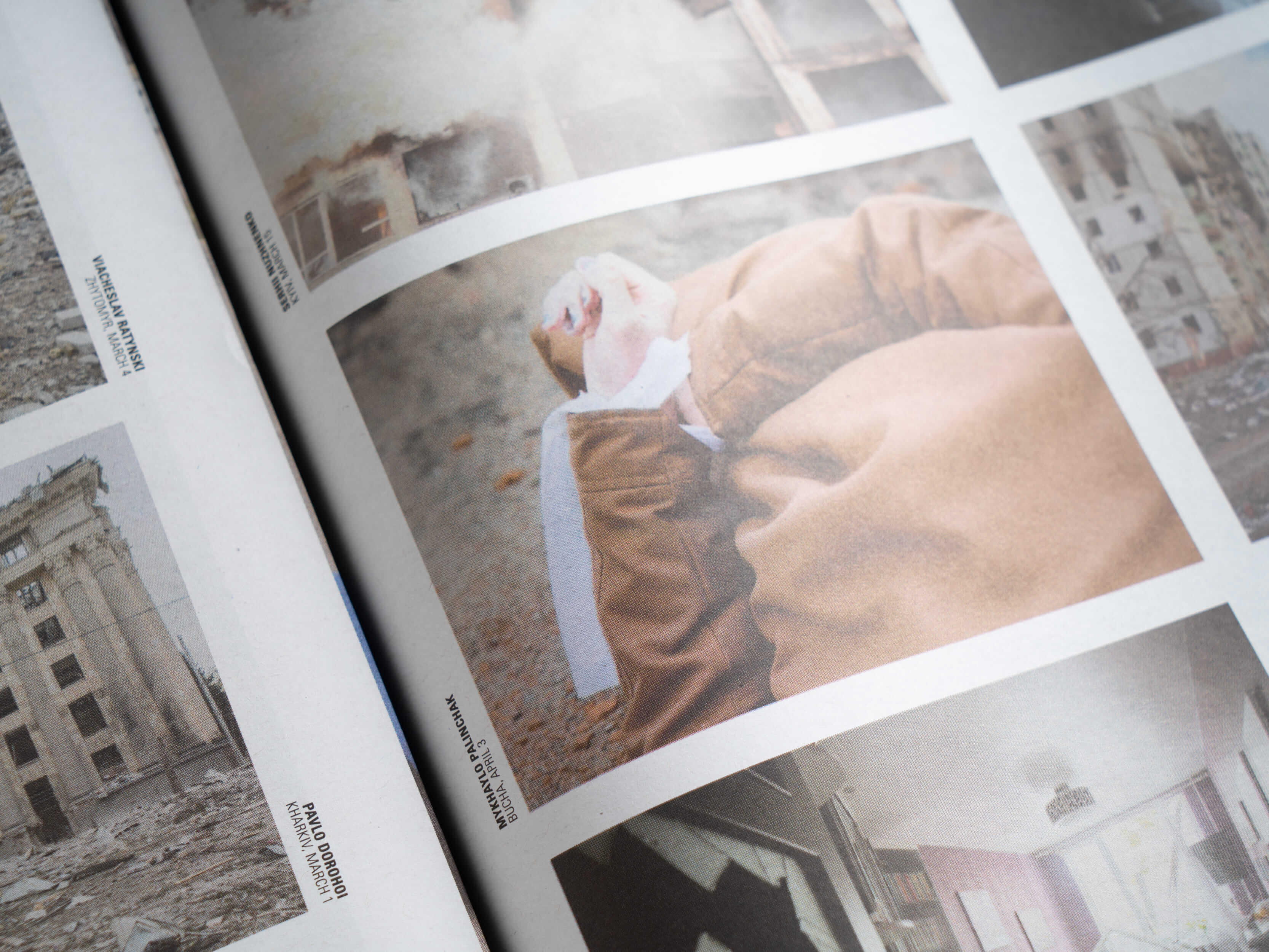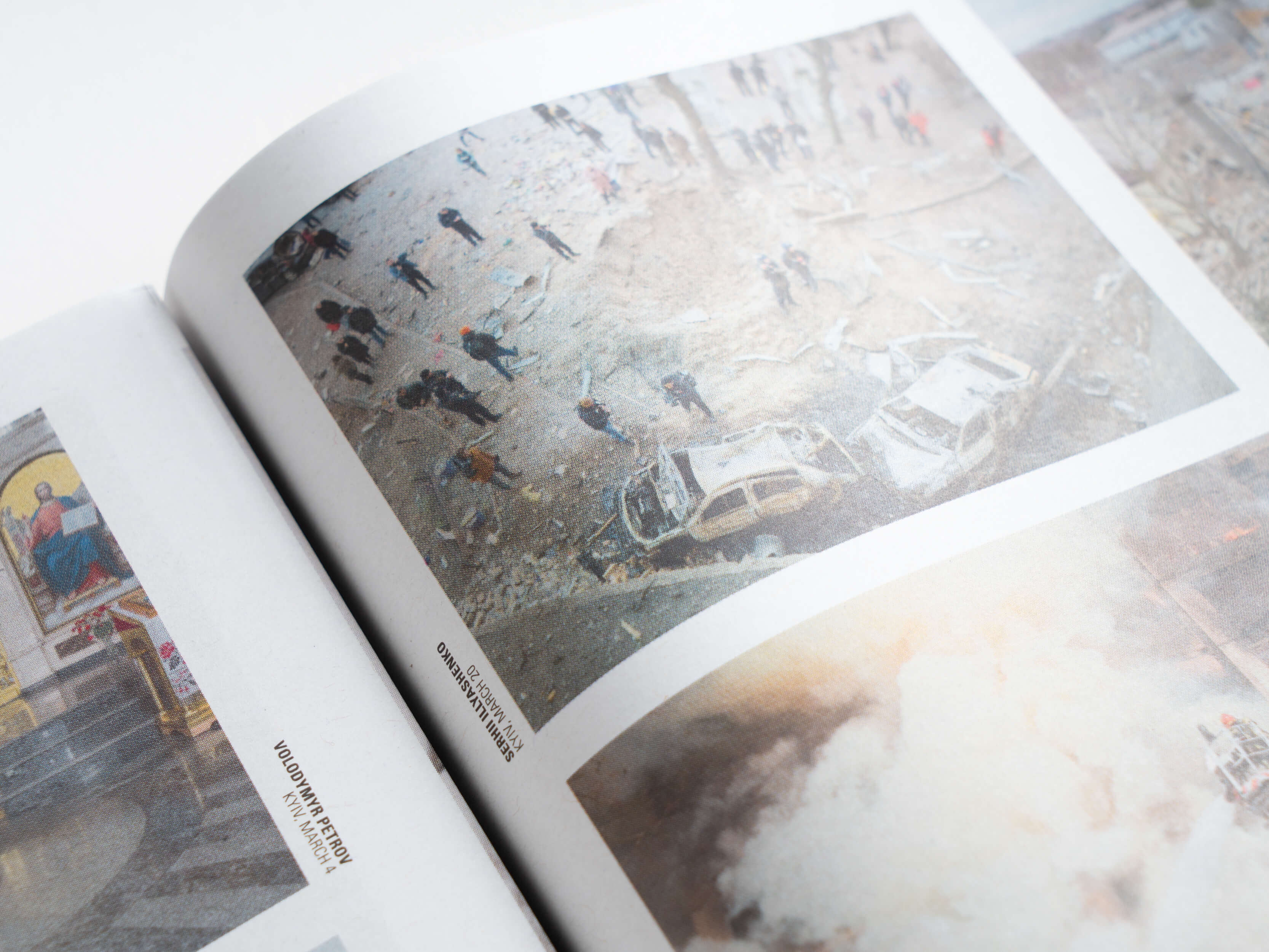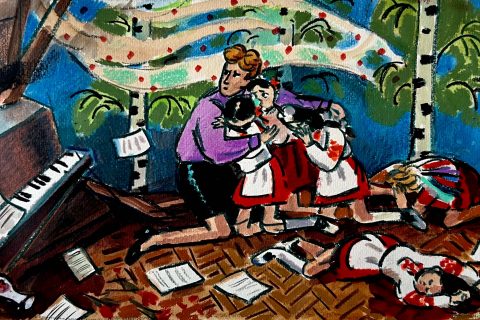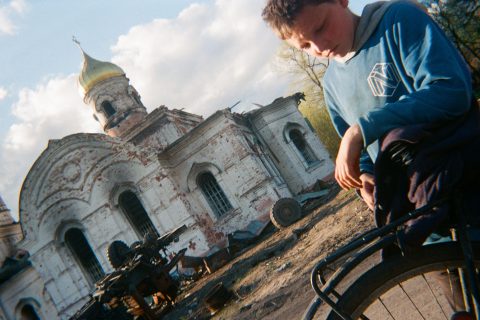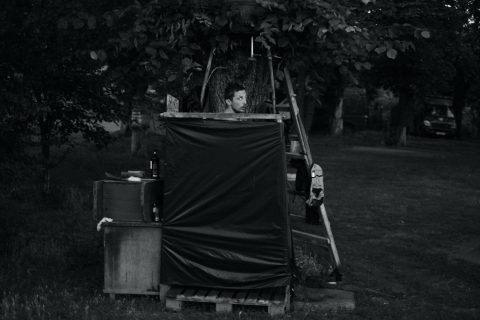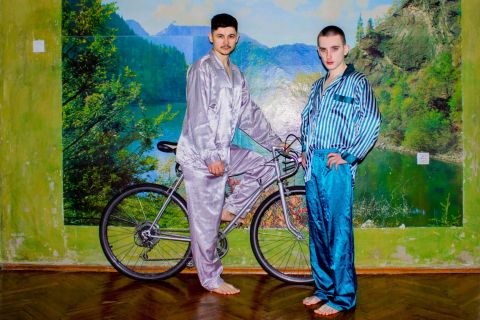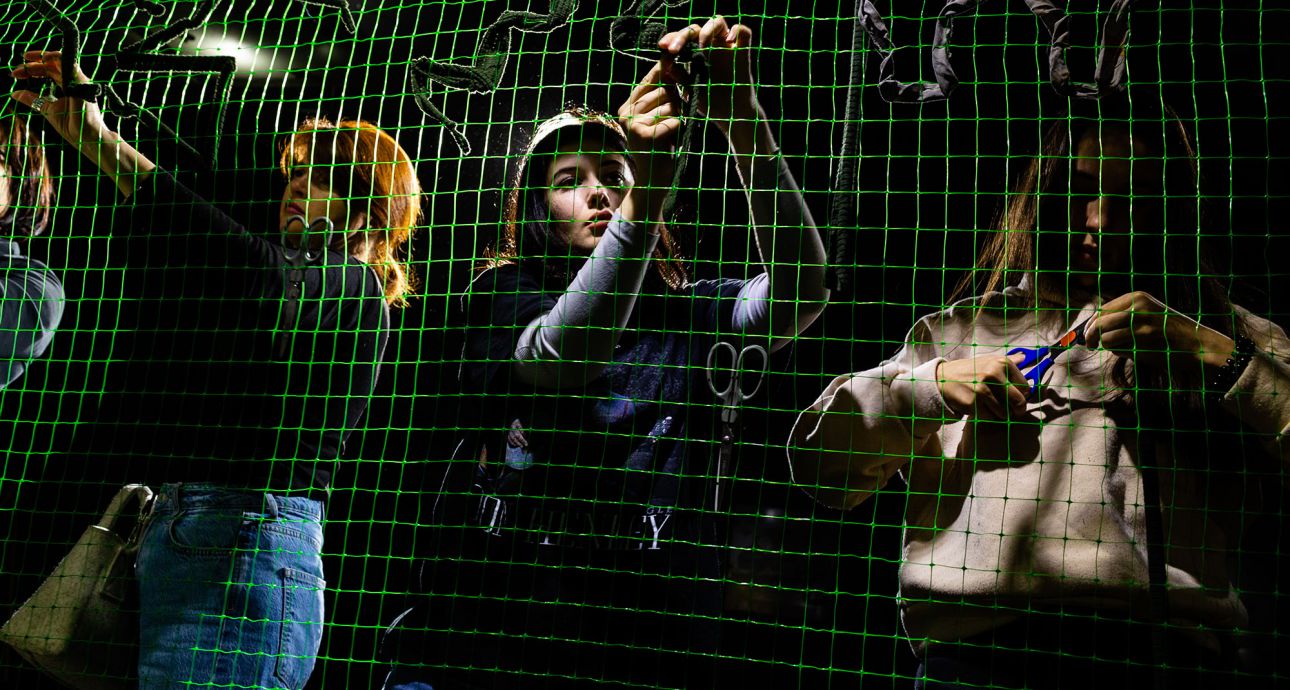
The Information Front: Early Days of the War Through the Lens of Ukrainian Photographers
Project authors see the newspaper as a tool for countering disinformation and propaganda. The first volume includes pictures by 24 photographers covering the war in Ukraine. Among them are Mikhail Palinchak, Alexander Chekmenev, Oksana Parafeniuk, Mstyslav Chernov, Evgeny Maloletka, Alina Smutko, Yana Sidash, and more. The newspaper also features an article by Ukrainian poet, writer, and activist Serhiy Zhadan. The Information Front: Volume One is now available at Village Books, a British book store. All proceeds from its sale will go to the DOFA fund, a Ukrainian charity supporting Ukrainian culture in general and photographers specifically, in partnership with the Odesa Photo Days Festival.

Photographer, art curator, and director of the Odesa Photo Days Festival.
— Odesa Photo Days Festival has supported Ukrainian photographers since the first days of the full-on war, primarily those who worked on the frontline and in the cities where active hostilities took place. We collected the images from about 30 authors from various Ukrainian cities and provided them for publication in all kinds of Western media — from art magazines to major European socio-political newspapers. Therefore, we already had a sizeable archive of war photographs and established contacts with their authors even before the newspaper was created. As a result, it didn’t take us long to pick the materials for The Information Front.
Having the voice of Serhiy Zhadan both as a writer and as a Ukrainian citizen was important to us, as he has been in Kharkiv all this time, seeing what happens there with his own eyes, volunteering, and helping the military and civilians. His text is a whole another medium. Although different from photography, this way of speaking about the war elicits the same emotions.
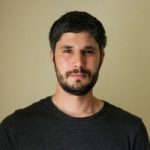
An English photographer, he has been working on personal projects in Ukraine. In 2017, he got an eye injury while in Donbas.
— Between the three of us, we have a pretty extensive network of photographers, including established names and younger talent alike. Not all of them are necessarily photojournalists — some have just found themselves in this situation, where they realized: “This is my home. Therefore, I’m going to document it with my camera”. We have photographers from Kharkiv, Donbas, Chernihiv, Kyiv, Lviv, and Odesa. Some of them worked in Bucha and Irpin because they knew those were important stories.
We would love to have had 100 photographers in our first issue, but the budget was limited. Usually, correspondents from abroad get higher rates in Ukraine than the local ones. That’s irritating. We want everyone to feel equally valued.
Usually, correspondents from abroad get higher rates in Ukraine than the local ones. That’s irritating.
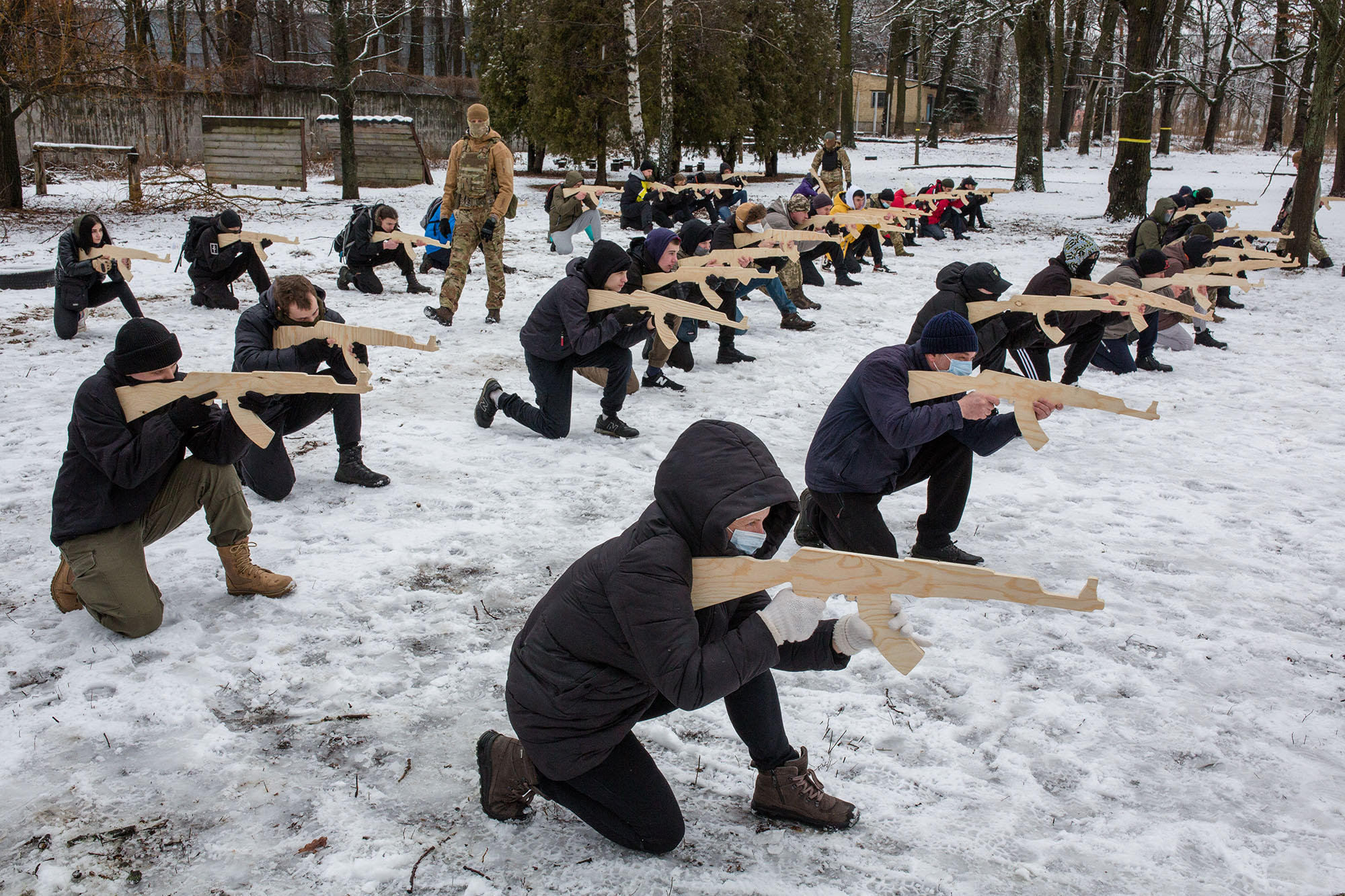
A civil defence drill in Kyiv, the 12th of February / Volodymyr Petrov
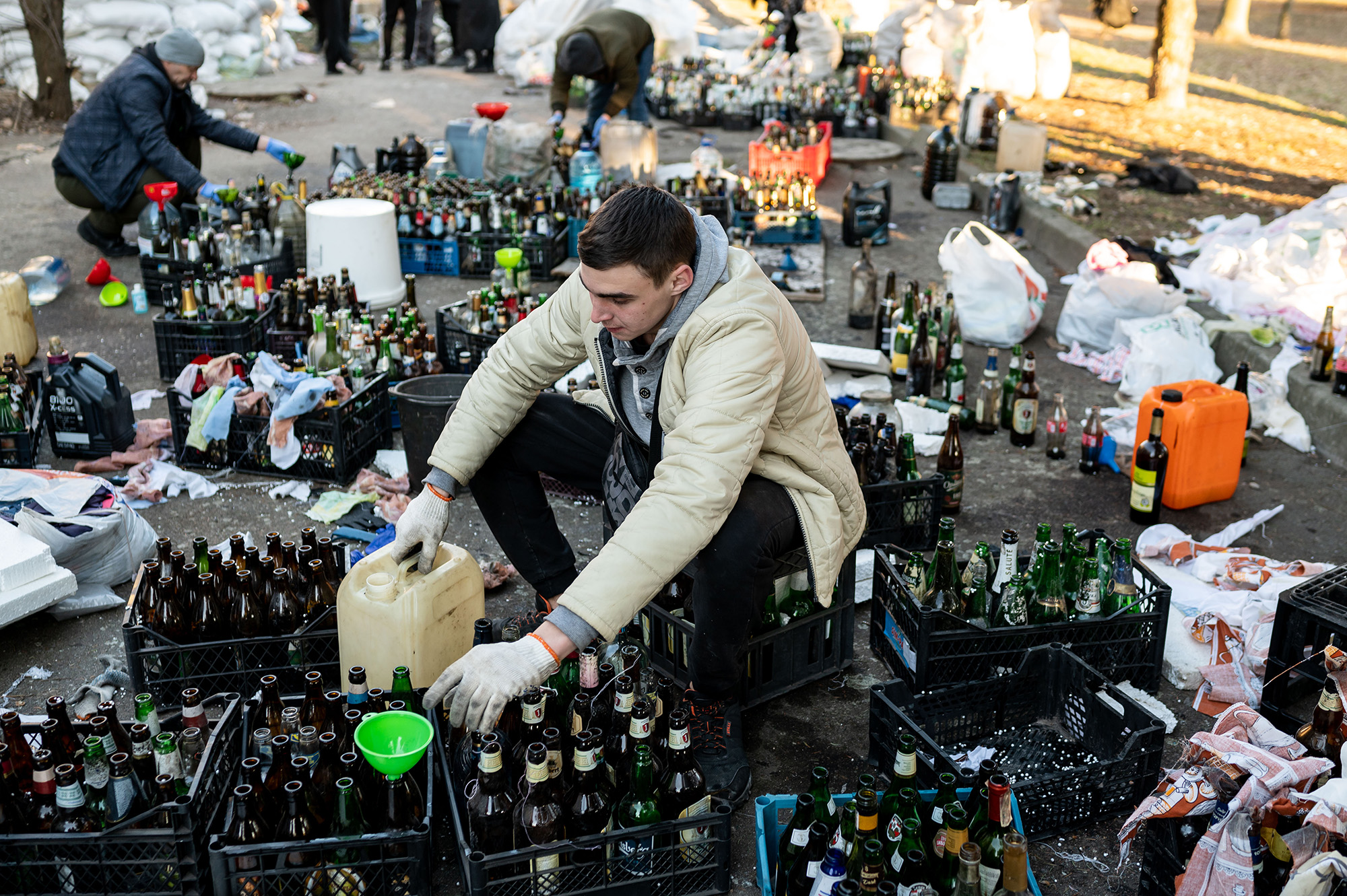
Volunteers prepare Molotov cocktails in Zhytomyr, the 28th of February / Viacheslav Ratynskyi
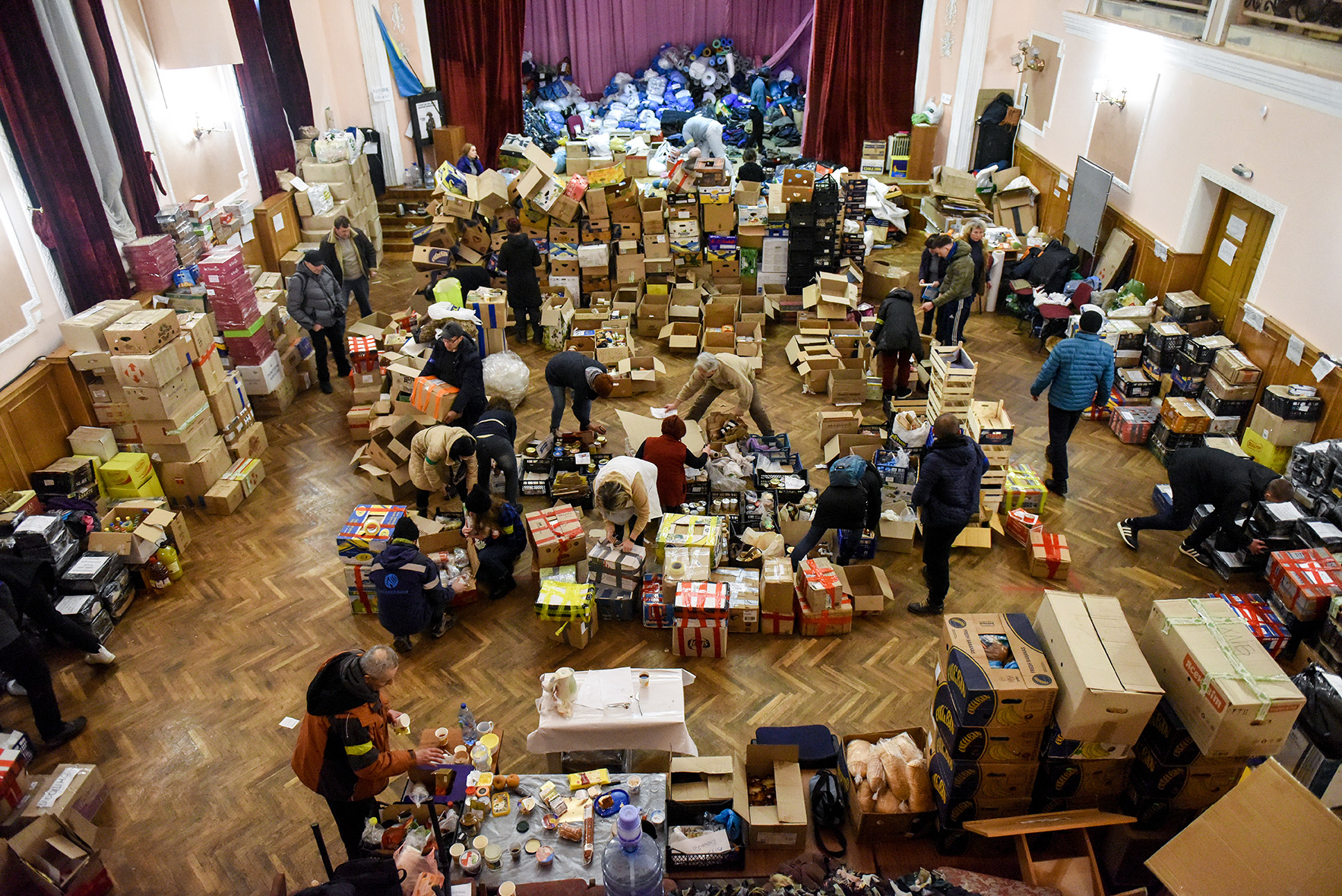
A volunteer hub in Ivano-Frankivsk, the 3rd of March / Oleh Petrasiuk
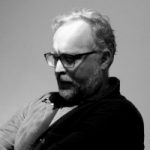
A Canadian documentary photographer, he has been working in Ukraine since 2002. He also received numerous awards and fellowships, including a Guggenheim Fellowship and two World Press Photo Awards.
— We knew the war was about to disappear from view soon and even started seeing it. Therefore, we started looking for ways of keeping it visible through photography. Chris came up with the newspaper format because it is immediate and viable. Also, newspapers are easily distributable. In addition, we keep in mind accessibility. Some people would very much like to contribute, albeit can’t pay, say, EUR 100–150 for a print. In this case, they can have something in return for a fairly modest donation.
For a while, I was getting almost daily emails from editors asking me if I could recommend some Ukrainian photographers. I sure could, but then I wanted to do something to provide visibility for them. Therefore, all the photographers featured in our newspaper are local. Importantly, there are some fairly new names among them — not everyone is as well known as Maloletka or Chekmenev. That is why we have an Instagram account and a website with a list of photographers, which will keep extending — we want international editors to be able to scroll it and find someone.
Our audience is primarily Western, but we would also like the newspaper to sell in Ukraine. We have been lucky to secure funding for the first volume from the Netherlands’ Free Press Unlimited (via its Media Lifeline Ukraine and Reporters Respond initiatives) and Pictoright. Besides, I recommend all Ukrainian media to investigate Media Lifeline Ukraine, as they help a lot. We also used that funding to pay the photographers.
A big exhibition titled Ukraine: the Road to Freedom will take place in the Noorderlicht gallery in the Netherlands this autumn. Also, we have a few ideas for the future volumes of The Information Front. We want to step way back and study the Ukrainian identity through the lens of photographic history, starting in the 1960s and 1970s with the obvious candidates — Borys Mykhailov and the Kharkiv School in general. From there, we are planning to move forward to today.
For future volumes, we want to step way back and study the Ukrainian identity through the lens of photographic history.
In the 1970s, during the Soviet era, photography was a form of resistance and a tool for creating self-identity. Therefore, we hope that Volume Two, which will encompass many distinct photography styles, will go beyond just photojournalism. Our intent is to demonstrate that Ukraine is indeed a self-identifying nation that has been around for centuries and not some weird appendage that has grown off Russia.
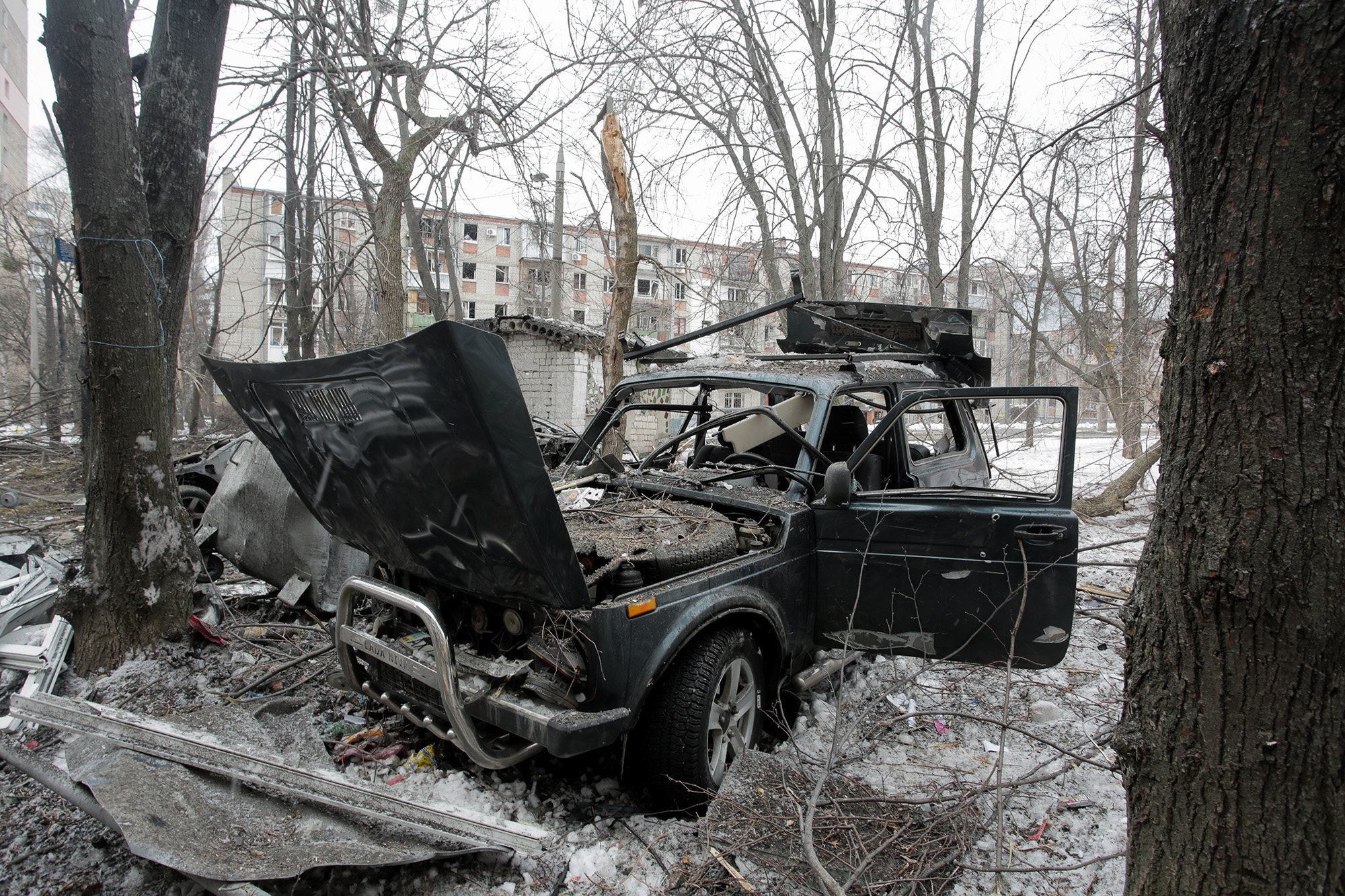
The aftermath of hostilities in Oleksiivka, Kharkiv Region, the 3rd of March / Pavel Dorogoy
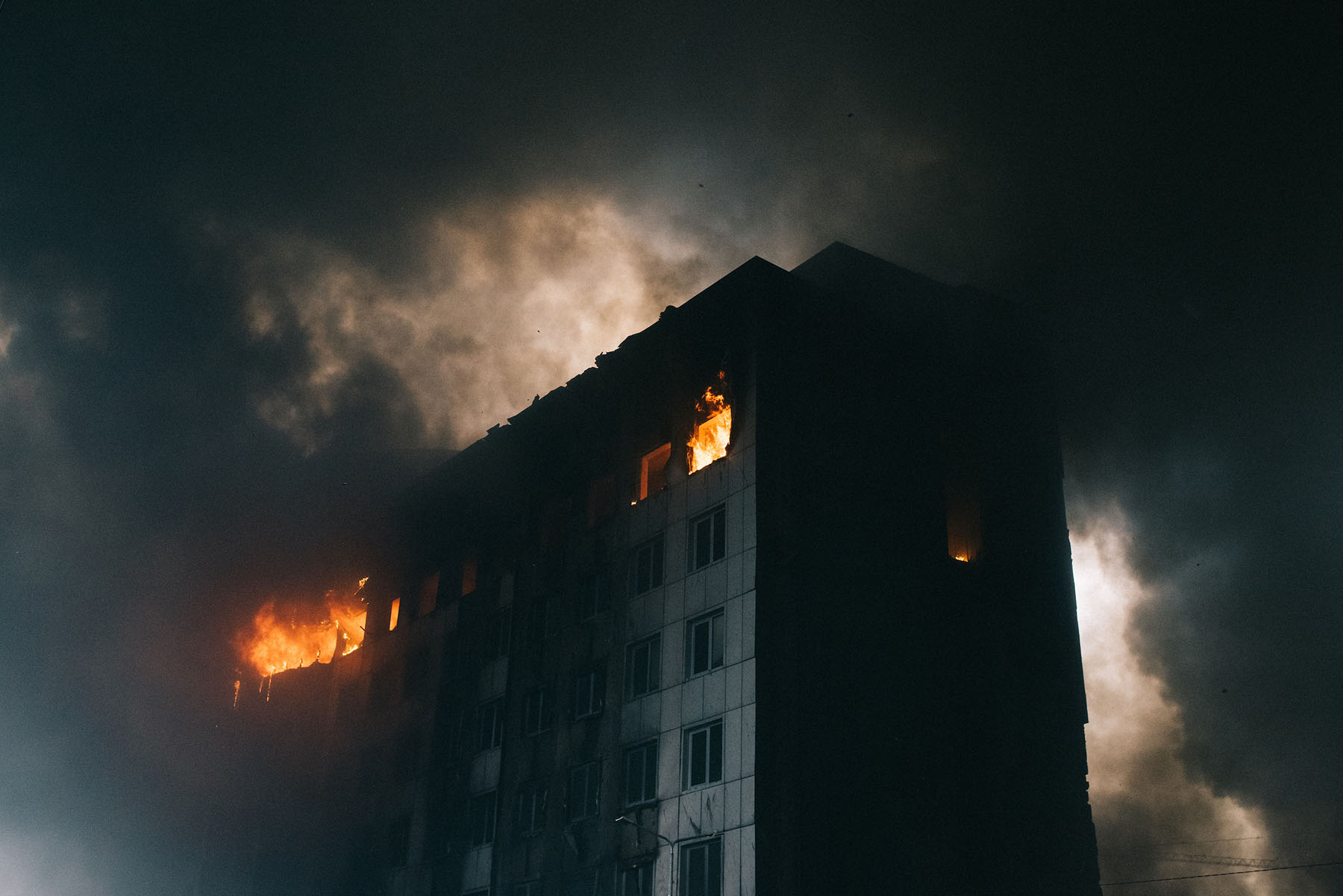
A fire after missile strike at Chaiky, Kyiv Region, the 3rd of March / Maxim Dondyuk
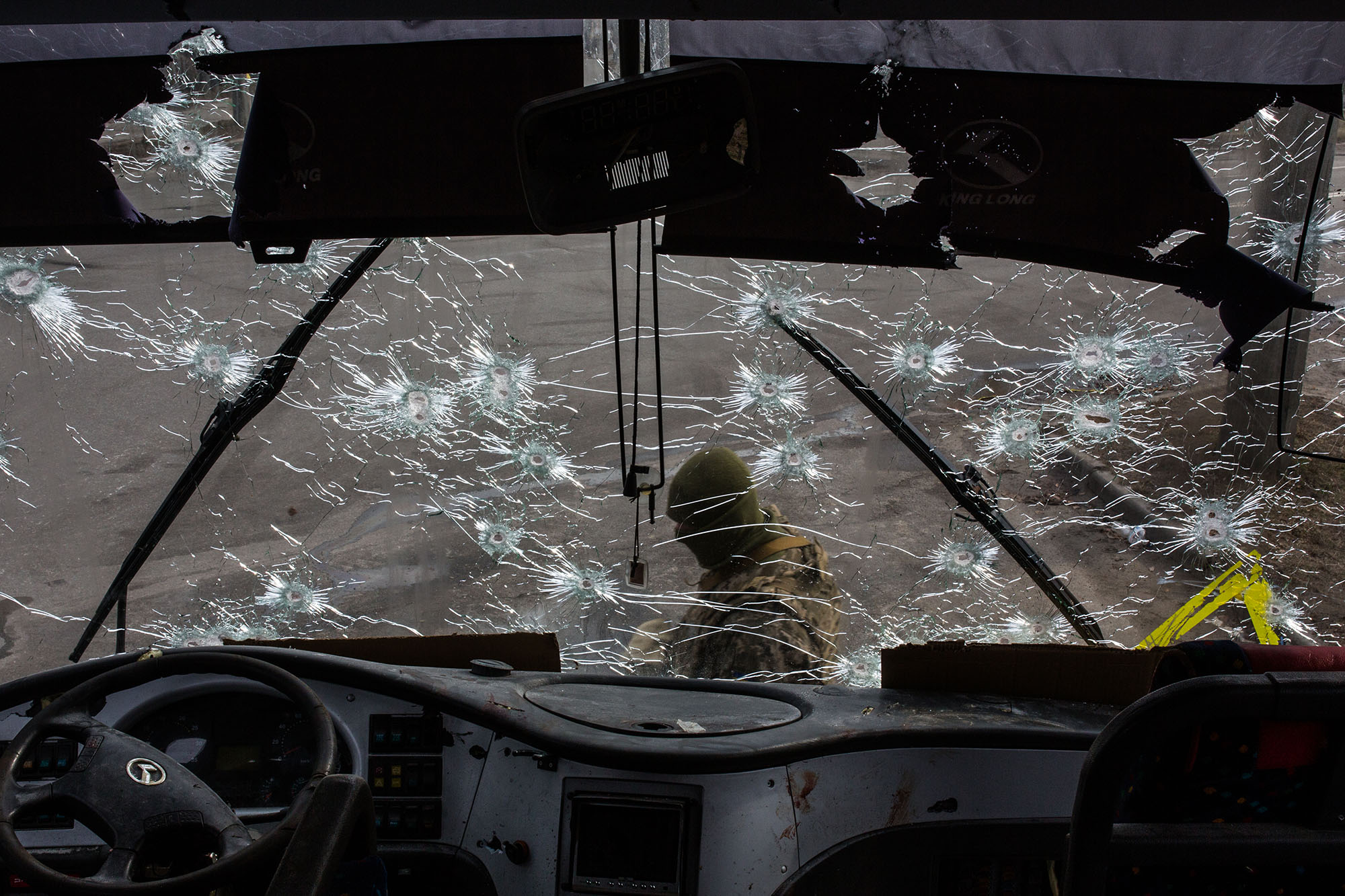
Kyiv, the 4th of March / Volodymyr Petrov
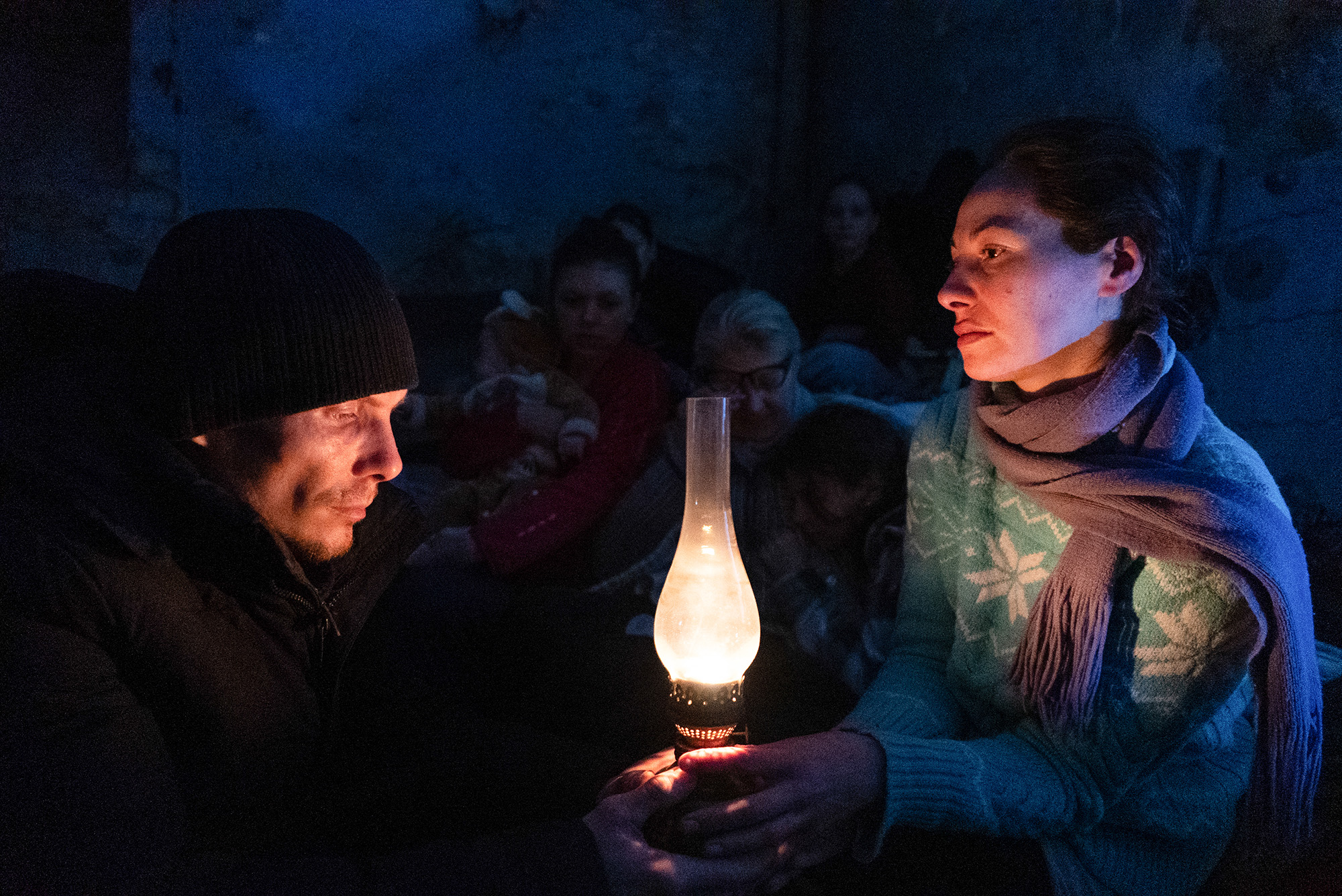
Mariupol residents, the 6th of March / Mstyslav Chernov
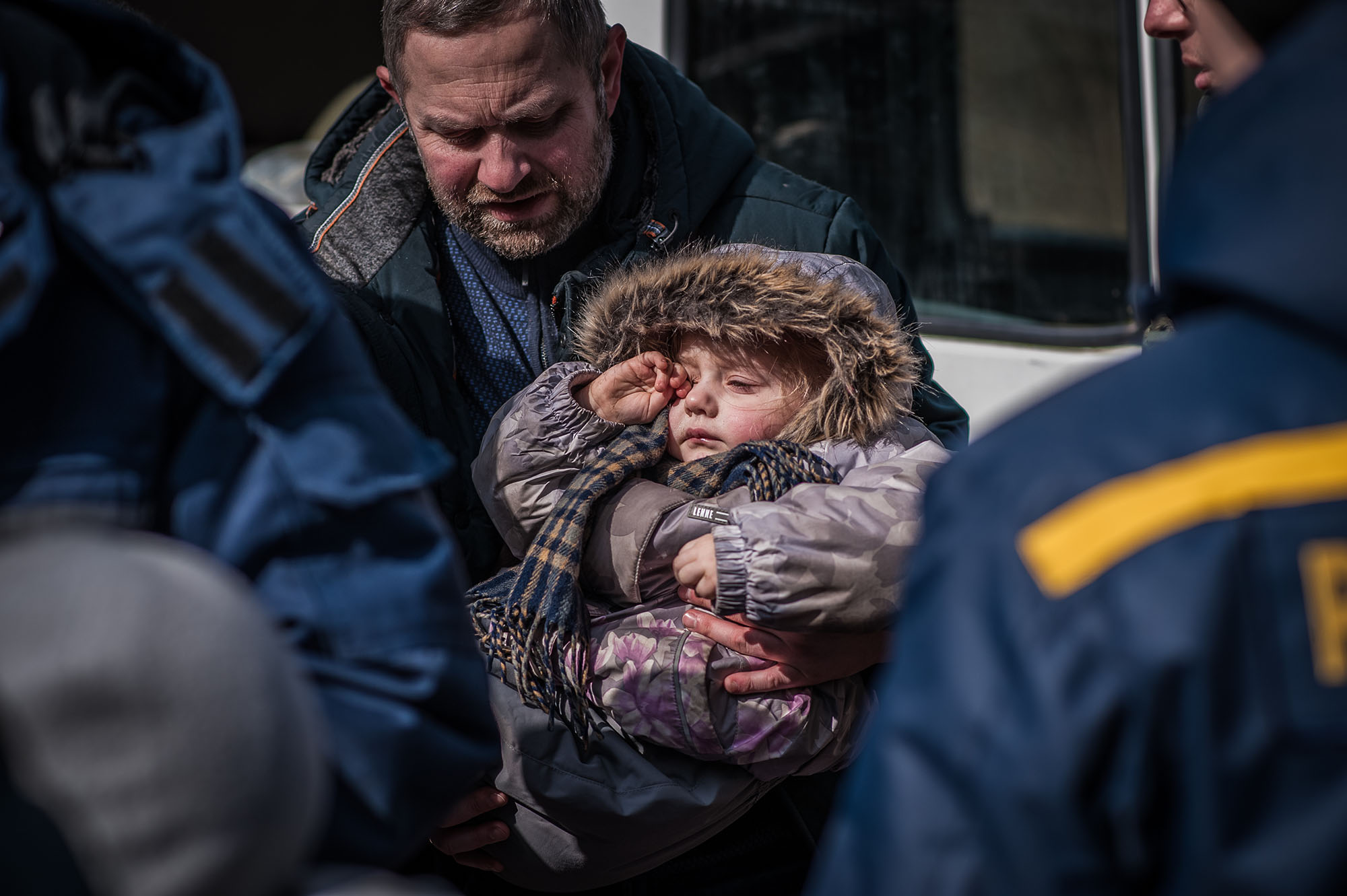
Evacuation of civilians in the Kyiv Region, the 9th of March / Alina Smutko
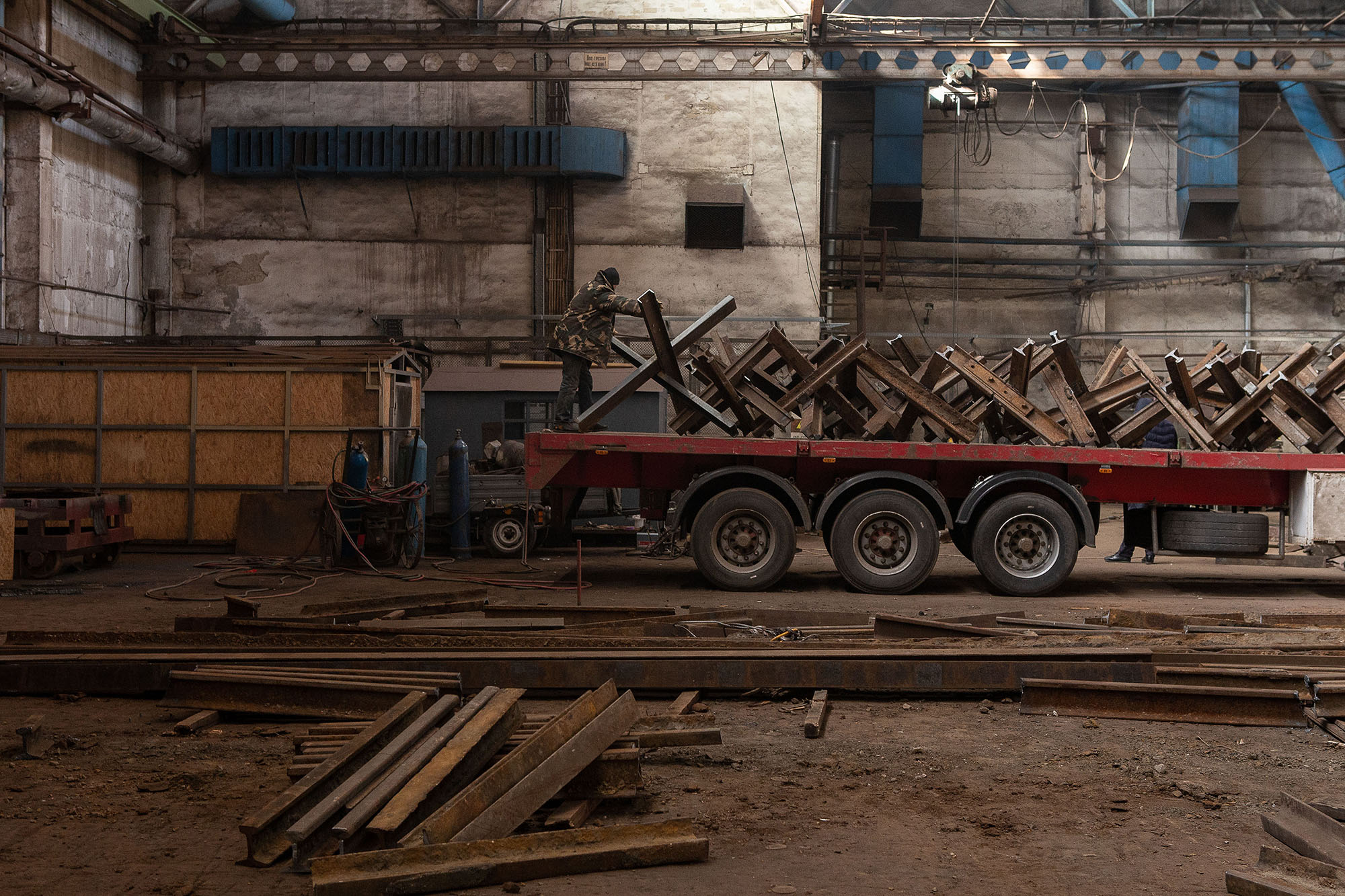
Odesa, the 13 of March / Maksim Finogeev
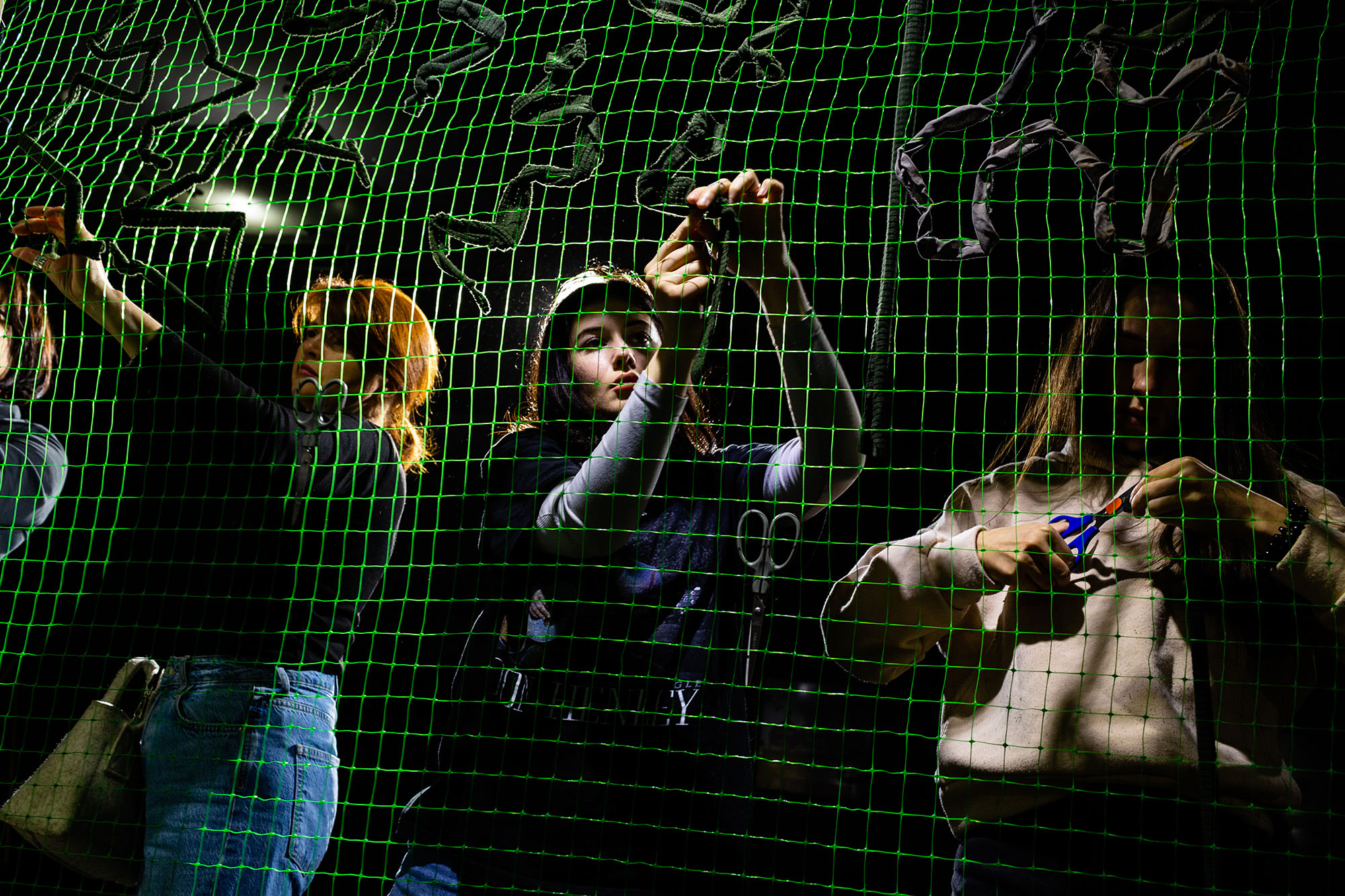
Lviv, the 14th of March / Kateryna Moskaliuk
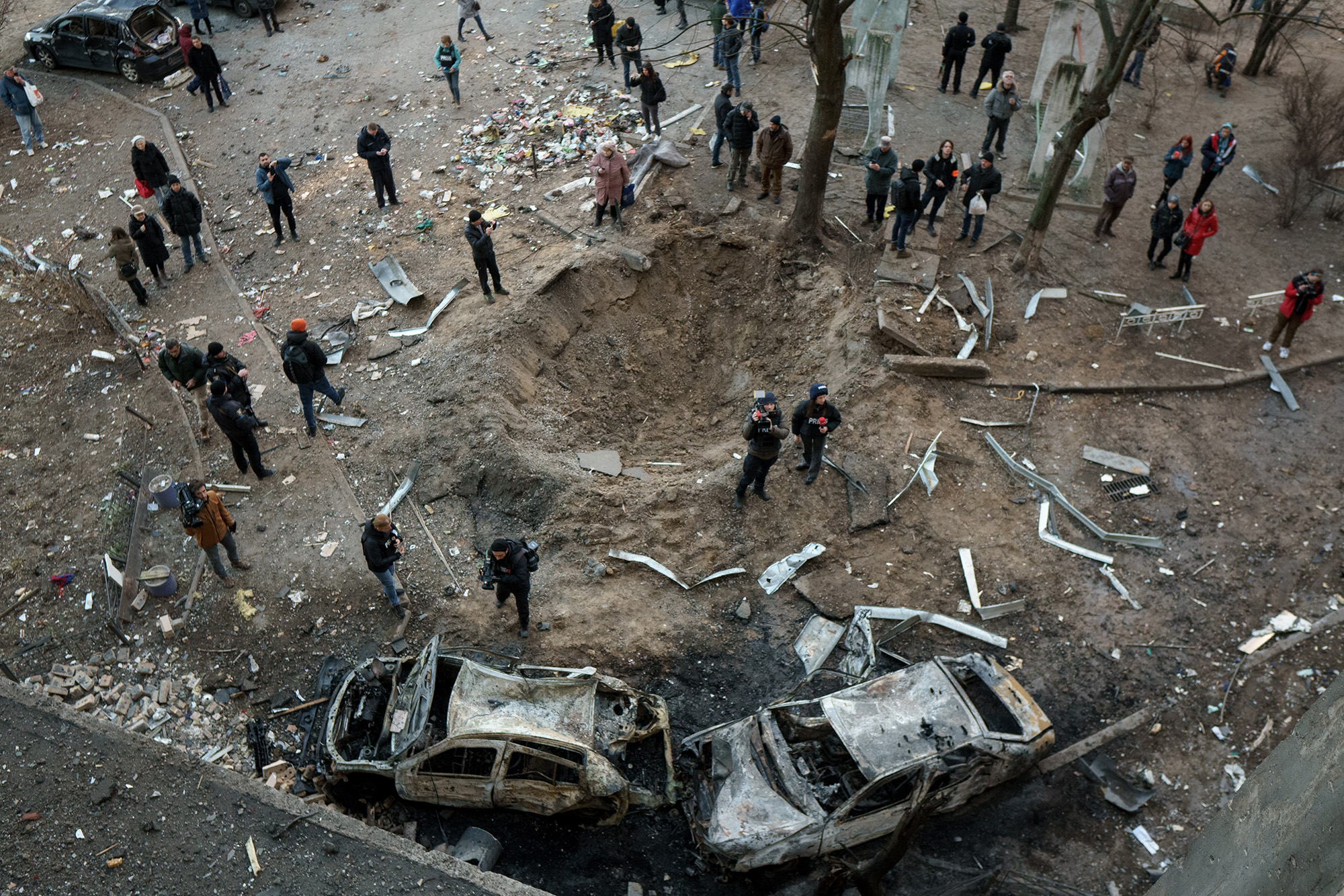
Shell crater in Kyiv, the 20th of March / Serhii Illiashenko
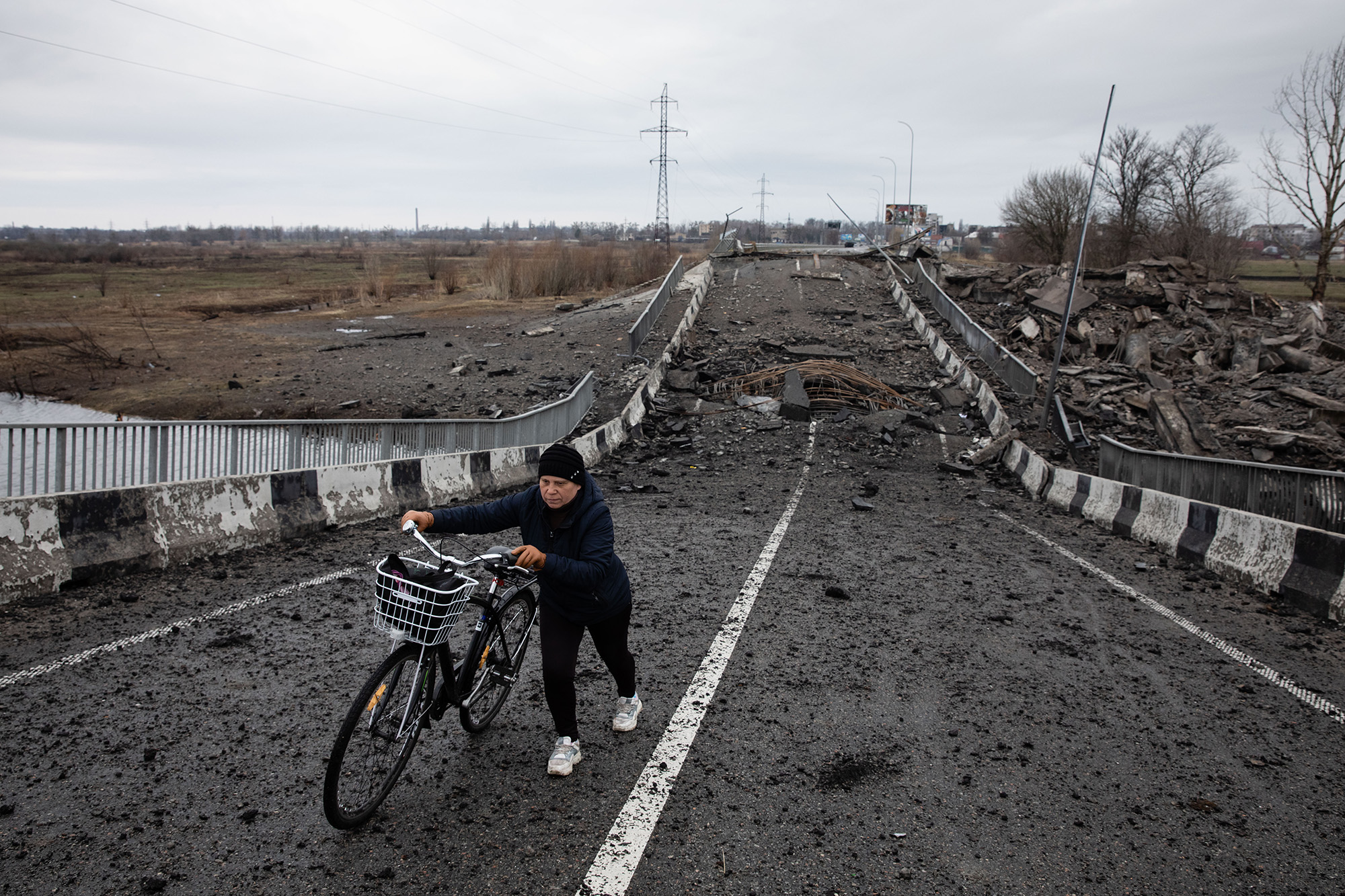
Borodianka, Kyiv Region, the 6th of April / Mikhail Palinchak
New and best
